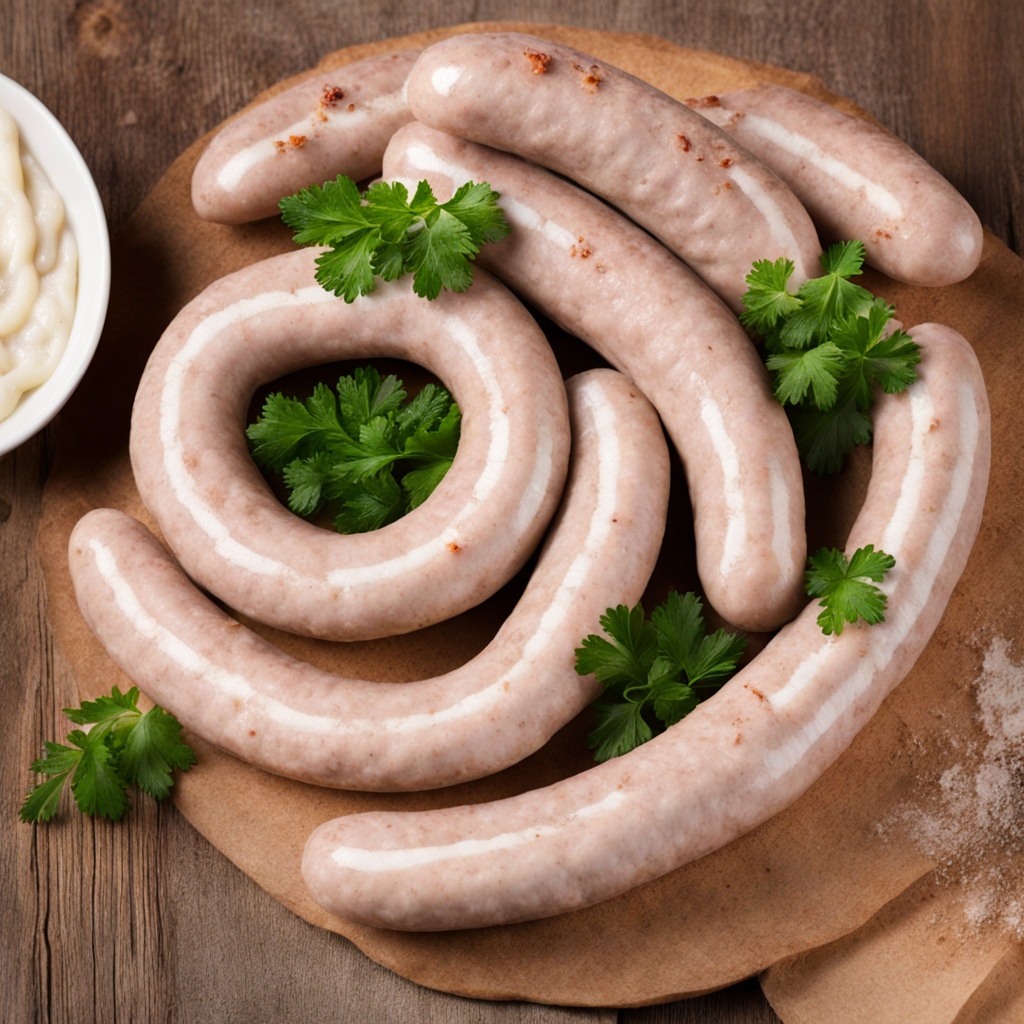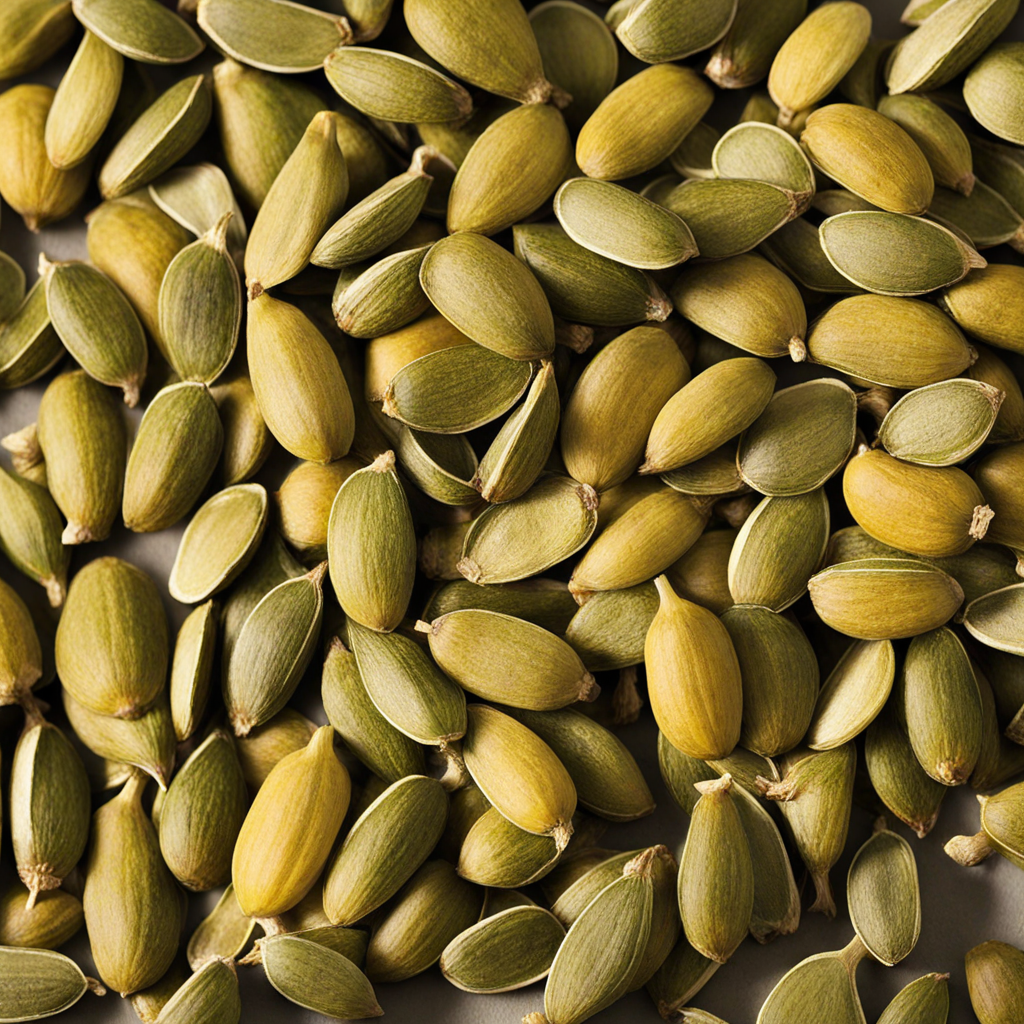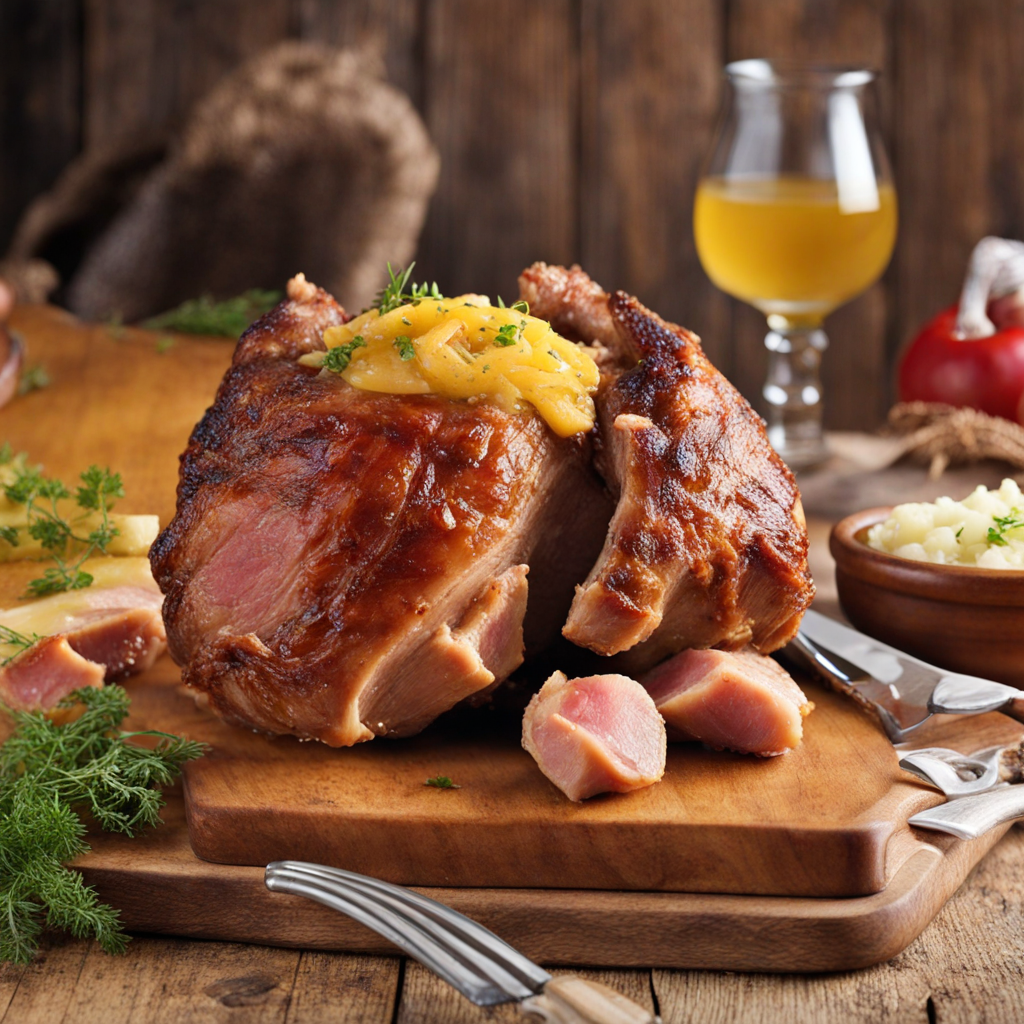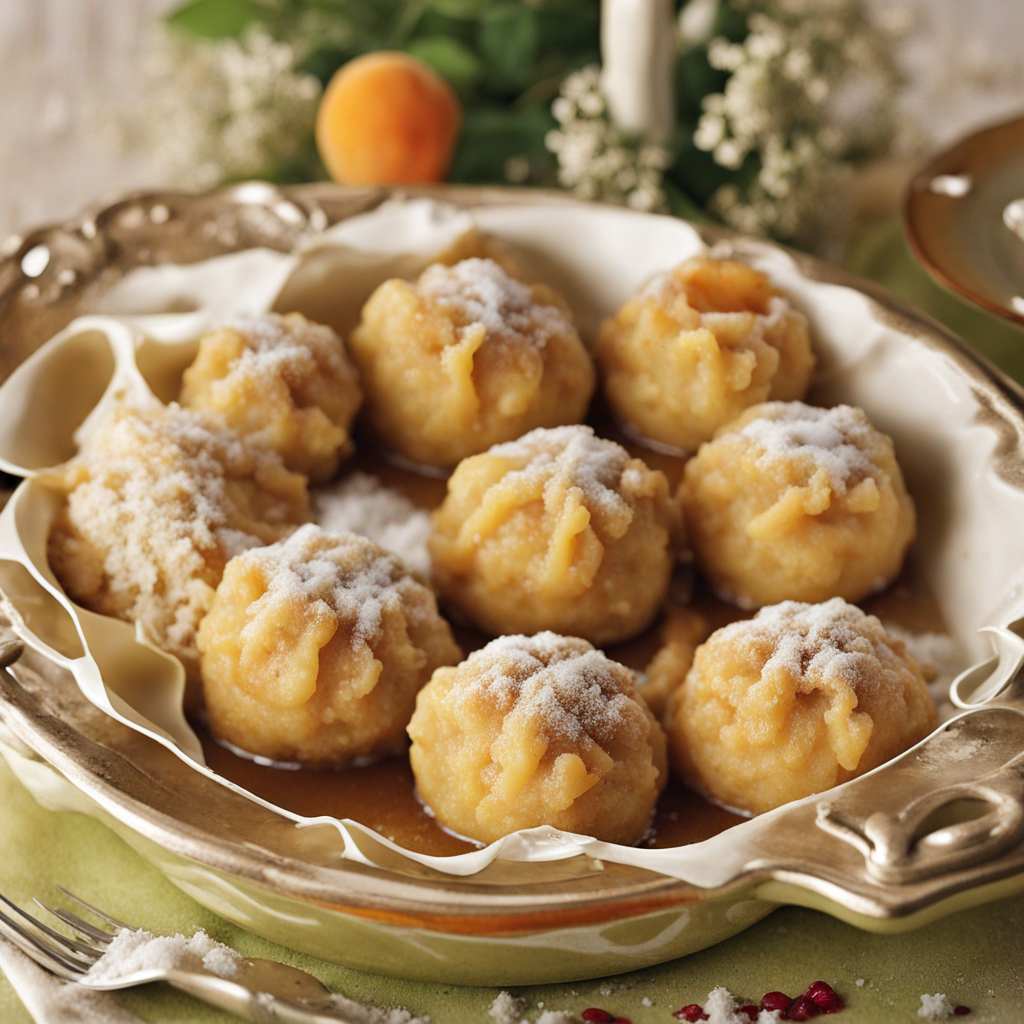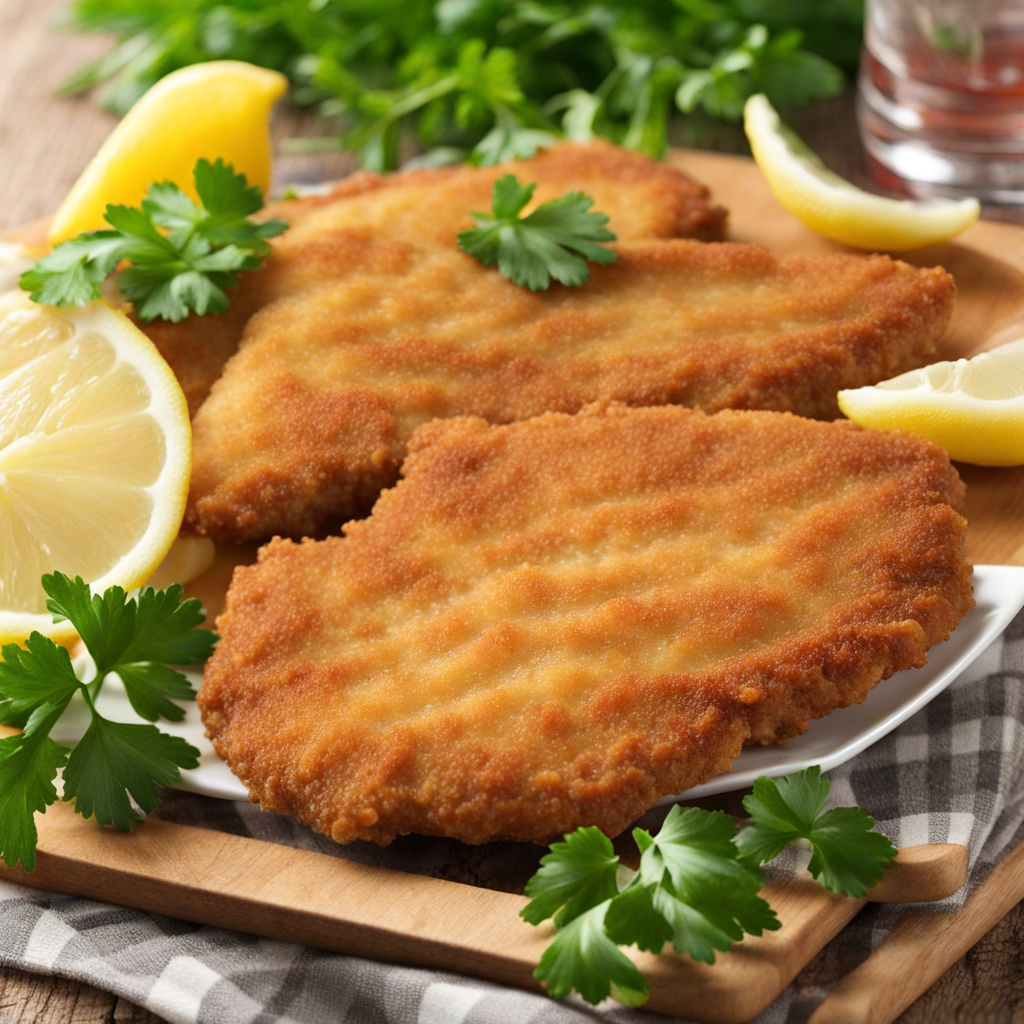Weisswurst
Weisswurst, a traditional Austrian sausage, is a delightful culinary experience that offers a unique taste profile characterized by its mild flavor and tender texture. Typically made from finely minced veal and fresh pork back, the sausage is seasoned with a blend of fresh parsley, lemon zest, onion, and a hint of cardamom. This combination creates a subtle yet fragrant aroma that tantalizes the senses. Unlike many other sausages, Weisswurst is not smoked, allowing the pure flavors of the high-quality meat and spices to shine through, making it a popular choice for those who appreciate a lighter, more delicate sausage. The preparation of Weisswurst is an integral part of its charm. Traditionally, it is simmered gently in water, which helps maintain its moisture and enhances its soft, juicy texture. It is often served with sweet mustard and freshly baked pretzels, creating a delightful contrast of flavors and textures. The sweetness of the mustard complements the mildness of the sausage, while the pretzel adds a satisfying crunch. This dish is often enjoyed as part of a hearty breakfast or a light lunch, making it versatile for various occasions. In addition to its delicious taste, Weisswurst carries a rich cultural significance in Austria, often associated with festive gatherings and celebrations. It is customary to enjoy Weisswurst before noon, reflecting the traditional belief that it is best consumed fresh on the day it is made. The experience of savoring this unique sausage in a convivial setting, surrounded by good company and lively conversation, makes it not just a meal but a cherished memory that captures the essence of Austrian hospitality.
How It Became This Dish
Weisswurst: A Culinary Tradition of Bavaria and Beyond #### Origins and Historical Context Weisswurst, or "white sausage," is a traditional Bavarian dish that has its roots in the early 19th century. Though often associated with Bavaria, particularly the city of Munich, its influences can also be traced to neighboring Austria. The sausage emerged in the late 1850s, during a time of burgeoning urbanization and cultural exchange in Central Europe. The industrial revolution altered food production and consumption, leading to the creation of new culinary forms that both reflected and shaped regional identities. The exact origin of Weisswurst is often attributed to a butcher named Sepp Rüther, who crafted the sausage to provide a lighter, milder alternative to the heavily seasoned sausages prevalent in the region. Traditionally, Weisswurst is made from minced veal and pork back bacon, flavored with fresh parsley, lemon zest, onions, and spices such as cardamom and white pepper. The use of light-colored meat gives the sausage its distinctive pale hue, while its mild flavor profile makes it a unique offering in the rich tapestry of German sausage varieties. #### Cultural Significance Weisswurst holds a special place in Bavarian culture, particularly as a breakfast dish. Traditionally, it is served with sweet mustard, pretzels, and a refreshing Weissbier (white beer). The practice of consuming Weisswurst in the morning can be traced back to an old Bavarian saying: "Weisswurst dürfen nicht nach zwölf gegessen werden," meaning "Weisswurst should not be eaten after twelve." This saying underscores the cultural importance of the sausage as a breakfast staple, as well as the notion of freshness linked to the product. The preparation and consumption of Weisswurst are often accompanied by communal practices and social gatherings. In many Bavarian households, the making of Weisswurst is a family affair, with generations coming together to prepare the sausages for special occasions or holidays. This tradition not only preserves culinary techniques but also fosters a sense of community and belonging. Weisswurst is particularly popular during Oktoberfest, the world-renowned beer festival held annually in Munich. The festival has been celebrating Bavarian culture since its inception in 1810 and serves as a platform for local delicacies, with Weisswurst being a favorite among festival-goers. The sausage embodies the spirit of Bavarian hospitality, reflecting the region's emphasis on hearty food and conviviality. #### Development Over Time While Weisswurst has remained relatively unchanged in its core ingredients and preparation methods, its popularity has expanded beyond Bavaria. As the 20th century progressed, Weisswurst gained recognition in other regions of Germany and Austria. Its appeal transcended regional boundaries, leading to variations in recipes and preparation methods. In Austria, for instance, Weisswurst has found a place in local culinary traditions, with some adaptations that reflect the region's unique flavor profiles. In the post-war era, the globalization of food culture further propelled Weisswurst into the international culinary scene. As Bavarian cuisine gained popularity worldwide, Weisswurst became a symbol of German gastronomy. The sausage's delicate flavor and unique texture made it an attractive choice for food enthusiasts and chefs alike, leading to its incorporation into gourmet menus and upscale dining establishments. In recent years, Weisswurst has also seen a revival in artisanal food production. As consumers become more conscious of sourcing and quality, there has been a growing interest in traditional methods of sausage-making. Small-scale butchers and food artisans are increasingly committed to using high-quality, locally sourced ingredients, often eschewing preservatives and artificial additives. This movement aligns with a broader trend toward sustainable and ethical food production. #### Weisswurst Today Today, Weisswurst continues to be an emblem of Bavarian culinary heritage. It is celebrated not only for its taste but also for its cultural significance. The sausage is a staple at local fairs, markets, and restaurants, where it can be enjoyed in its traditional form or as part of modern culinary creations. Chefs and home cooks alike have started experimenting with Weisswurst, incorporating it into various dishes, including pasta, salads, and even fusion cuisines that reflect the global nature of contemporary gastronomy. Moreover, Weisswurst has also found its way into popular media, featuring in cookbooks, television shows, and food blogs. Its presence in the digital world has contributed to the sausage's enduring appeal, allowing a new generation to discover and appreciate this traditional dish. The growing interest in food history and authenticity has also fueled a revival of interest in regional specialties like Weisswurst, highlighting the importance of preserving culinary traditions. #### Conclusion In summary, Weisswurst is more than just a sausage; it is a culinary artifact that encapsulates the history, culture, and identity of Bavaria and Austria. From its humble beginnings in the 19th century to its status as a beloved dish at Oktoberfest and beyond, Weisswurst reflects the evolving nature of food and tradition. As it continues to adapt to modern tastes and preferences, Weisswurst serves as a reminder of the rich tapestry of flavors and stories that shape our culinary landscape. Whether enjoyed in a bustling beer hall in Munich or at a family gathering in Austria, Weisswurst remains a testament to the enduring significance of food in bringing people together and celebrating cultural heritage.
You may like
Discover local flavors from Austria


